1. It is a snake with prominent warning colors. The banded krait has alternating black and yellow bands, which is a common warning color pattern in venomous species, helping them avoid being threatened by predators. Photo: Pinterest.
2. The venom has a strong impact on the nervous system. The venom of the banded krait contains extremely strong neurotoxins that can cause muscle paralysis, respiratory failure and death if not treated promptly. Photo: Pinterest.
3. One of the largest venomous snakes in Asia. The banded krait can grow up to 2.5 meters long, making it one of the most notable large venomous snakes. Photo: Pinterest.
4. Has a habit of hunting at night and living in seclusion. This snake species is mainly active at night and during the day often takes shelter under piles of dry leaves, tree roots or crevices in rocks. Photo: Pinterest.
5. Often eats other snakes. Banded kraits are specialized carnivores, with a preferred diet of smaller snakes, including other venomous snakes. Photo: Pinterest.
6. Do not actively attack humans. Although very venomous, banded kraits are timid by nature, usually avoiding humans and only biting when stepped on or provoked. Photo: Pinterest.
7. Widely distributed from India to Southeast Asia. This snake species is present in many countries such as India, Bangladesh, Myanmar, Thailand, Laos, Cambodia, Vietnam and even southern China. Photo: Pinterest.
8. Plays an important role in medical research. Banded krait venom is being studied to find biological compounds that can be used in the treatment of neurological diseases and pain relief research. Photo: Pinterest.
Dear readers, please watch the video : When wild animals cry for help | VTV24.
Source: https://khoahocdoisong.vn/tan-muc-loai-ran-doc-cuc-nguy-hiem-viet-nam-cuc-nhieu-post1548462.html


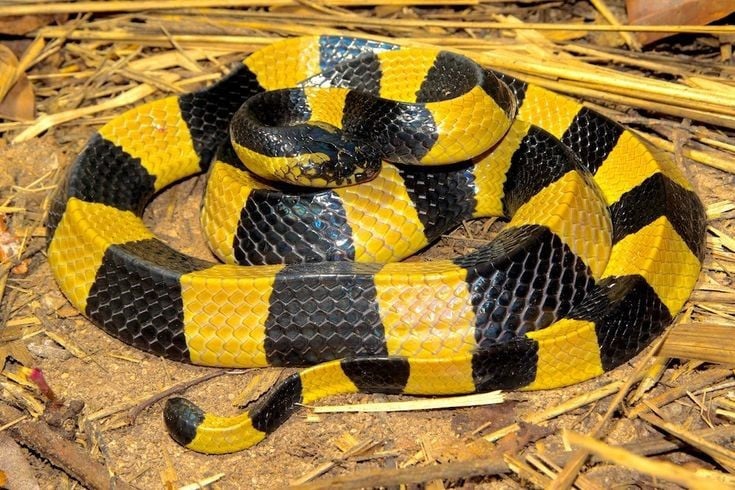
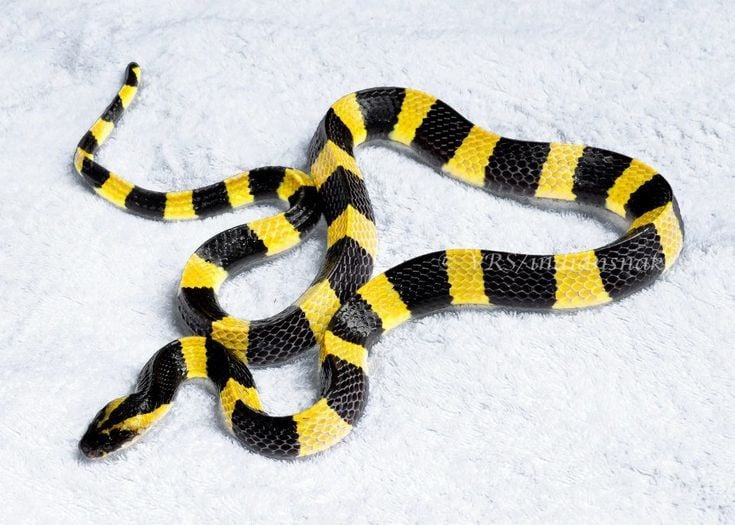
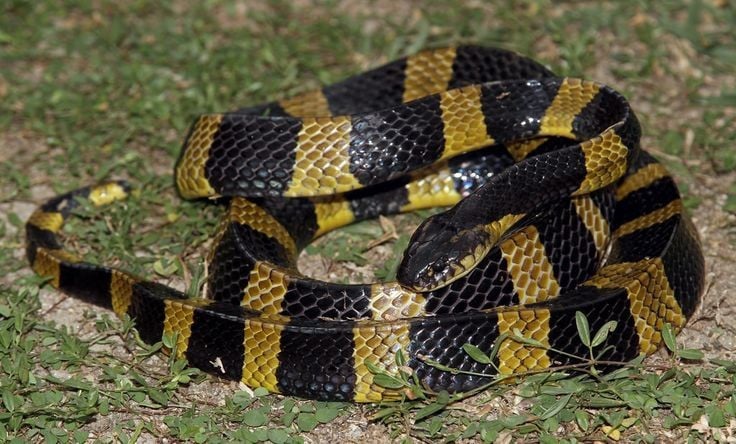
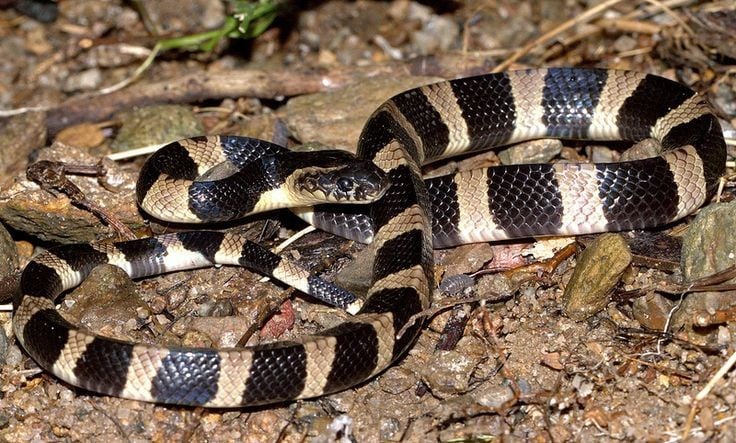
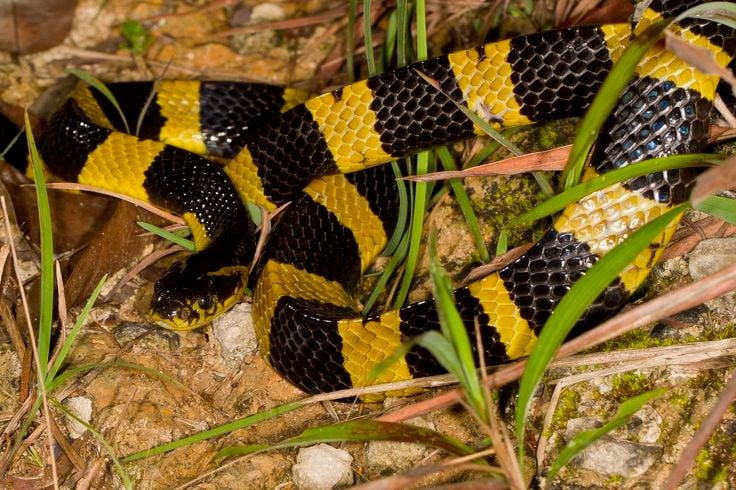
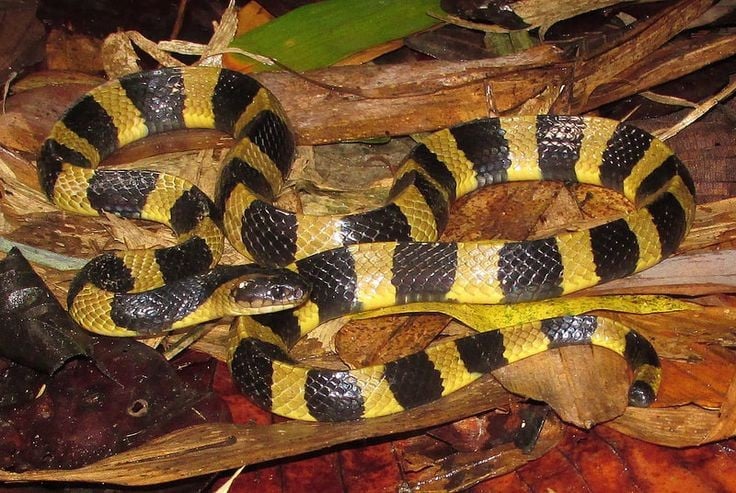
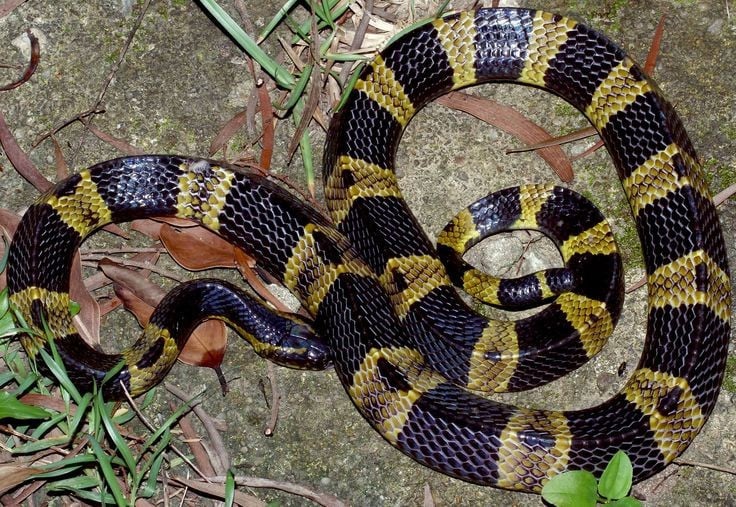
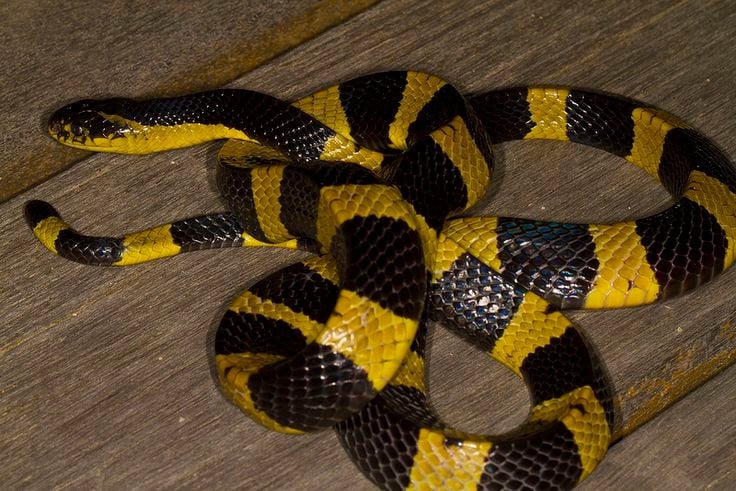





















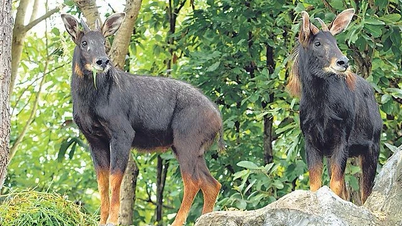










































































Comment (0)